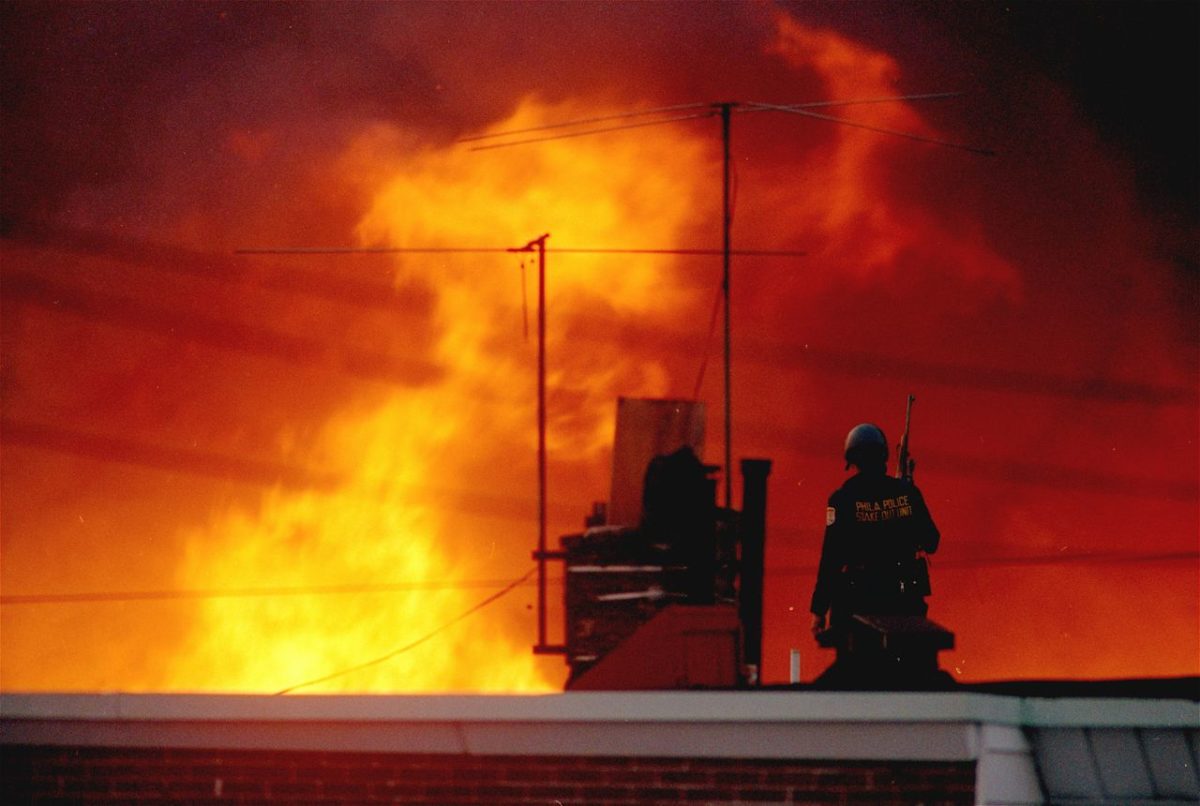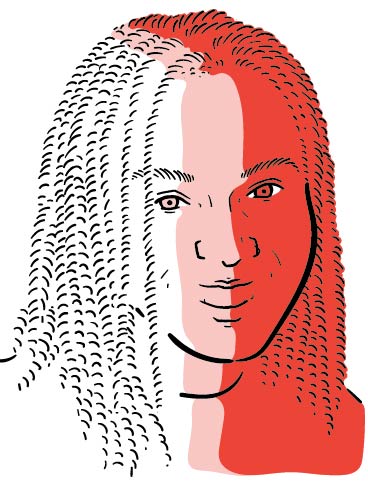
In Philadelphia, we are accustomed to fire. Some Black Philadelphians think about it every May. Last month was the thirty-fifth anniversary of an event that has come to define our city, and our springtimes: on May 13, 1985, the city of Philadelphia dropped a bomb on a row home in Southwest Philly, killing eleven people, including five children. In the aftermath of the fire, an entire block was extinguished—sixty-one homes were destroyed—and the bombing's sole adult survivor (one child also survived) was sent to prison for seven years. The victims were the Africa family, members of a Black liberation and environmental justice group called MOVE, whose name, according to its website, “is not an acronym. It means exactly what it says: MOVE, work, generate, be active. Everything that’s alive moves. If it didn’t, it would be stagnant, dead.” Despite the political debates about MOVE’s actions prior to that tragic spring, the killings are patently unconscionable. In 1996, a Philadelphia jury found that the city had violated MOVE’s constitutional rights and used excessive force, and was ordered to pay restitution to the bombing’s only adult survivor, Ramona Africa, and the relatives of MOVE’s founder, John Africa; Michael Moses Ward, aka Birdie Africa, the child who survived, settled with the city in 1991. This May, Wilson Goode, the mayor who was responsible for the bombing, wrote an op-ed in The Guardian stating that the city must formally apologize for its actions—which it still has not done, although members of the city council have—and called his decision to approve the bombing “indefensible.”
You have reached your article limit
Sign up for a digital subscription and continue reading all new issues, plus our entire archives, for just $1.50/month.
Already a subscriber? Sign in





